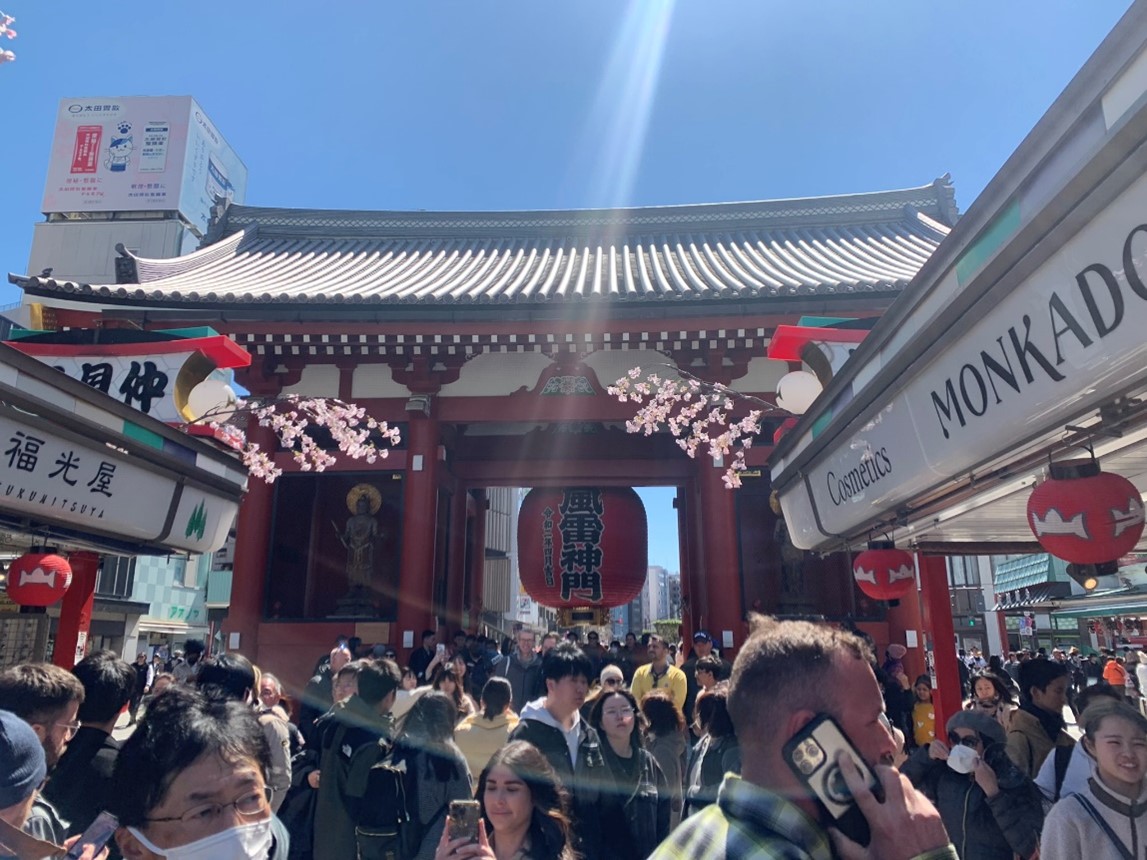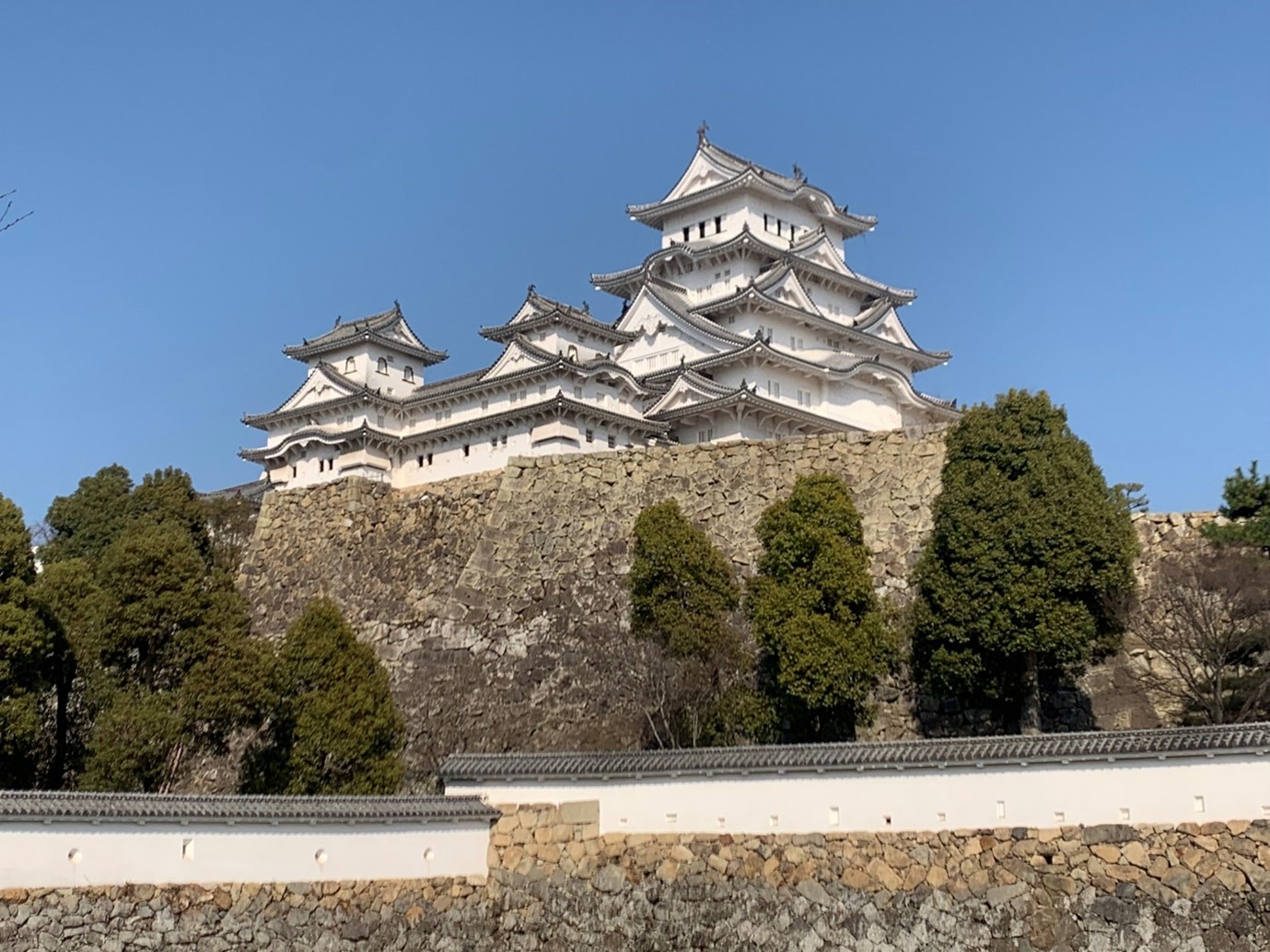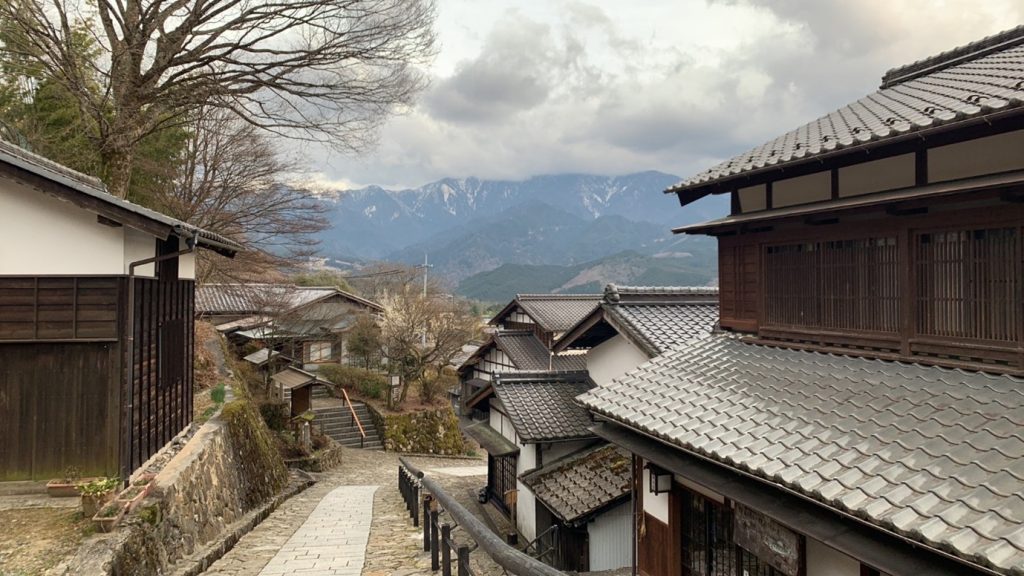By AJS Member – Chris Rees
Having lived in Japan for many years and a frequent visitor since 1980, but not having been back for some years, a seven week holiday taking in sights both familiar and new was long overdue.
It was a wonderful experience and while we quickly slipped back into life in Japan, there were a number of things that really struck us despite our familiarity.
This is a quick overview of the big impressions –
Tourism
Yes it is clear that the weak yen and the release from COVID travel restrictions have sent tourist numbers in Japan soaring.
From urban areas like Shibuya and Shinjuku to the major attractions of Kyoto, crowds are everywhere. The Japanese newspapers report that the largest groups of foreign tourists are Taiwanese, Koreans and mainland Chinese, but it is also clear that Americans, Europeans, even tourists from Indonesia and the Philippines are in significant numbers.
This has led to open debates on the “over-tourism issue” with Kyoto introducing tourist bans on the Gion, Osaka discussing tourist taxes, the commentariat bemoaning Japan being seen as a “cultural Disneyland” and so on.
However, spend a moment with the folk who run the restaurants, bars and inns, and you will find people delighted with being able to finally make some good money after the COVID restrictions. And there are still plenty of amazing places to visit in Japan where you can comfortably avoid the crowds.

Insta
“Photos or it didn’t happen” – the obsession with getting the best shot for social media has well and truly taken hold in Japan. Tourist areas – be they major places like Sensō-ji temple or the Hachiko statue to more niche places like Ohori Park in Fukuoka, there are queues of people patiently waiting to take that perfect selfie. Traversing Shibuya Crossing is downright dangerous as the last bastion of the selfie stick creates an out-of-control guard of honour to be avoided as you walk. There are also shops on the main streets set up with mirrors, lighting and accessories to borrow so you can make sure your selfie brings out the real you.

Vintage clothing shops
Not long ago, second hand stores were a rarity in Japan, with very little value being ascribed to preloved items – with the exception of Japan’s amazing flea markets. Tough economic times brought a little more focus on used items, but right now there is an absolute epidemic of vintage clothing stores. On the high streets, in upmarket malls, almost the entirety of Shimokitazawa – everywhere. And the merchandise is almost exclusively product imported from the US with a vintage, small town vibe. Lots of heavy jackets, t shirts and sweatshirts with obscure high school sports teams and so on.

Fashion
Apart from the expected fashion trends one sees in Japan generally, there were a couple of pronounced fashion statements we noticed:
- To stay warm, a black puffer jacket, preferably matt, preferably North Face, seems to be the de rigueur fashion choice for men and women.
- In a real shift, and first noticed by my wife, women seem happy to go out well dressed but pairing their outfits with runners and sneakers. Not that long ago this would have been unthinkable.
- Prices
Years of low inflation, no inflation, stagflation etc has resulted in one thing being disconcertingly familiar to the visitor who hasn’t been in Japan or a while – prices. On a yen basis, it could be the year 2000 with prices and or that matter casual wages having barely moved. Add that to the weak yen, and or a country who has long had a reputation or being expensive, Japan is a very cheap place to visit. - English
Technology has made Japan a much easier place to get around or those with limited or no Japanese. Apps like Google Translate, Google Maps etc provide more than workable guides to getting around. IPhones have virtual Japanese IC travel cards in them. E-Sim cards make using your own phone a breeze. And the labour shortage has led a lot of restaurants to adopt tablet-based ordering systems, almost all of which come with language packages. This means a couple of interesting things – one, a visitor can easily order in Chinese, English or Korean and two, it signals an end to the experience we’ve all had of a voluminous Japanese menu but a suspiciously thin English menu to choose from. However, it really cannot be said that the level of spoken English in Japan – despite Japan being home to probably the largest English language learning industry on the planet – has changed appreciably. - Cherry blossoms
We had expected to catch the beginning of the sakura towards the end of our trip, but there was a sudden and pronounced cold snap that delayed the blossoms. This resulted in a very interesting experience. We headed down to Nakameguro where the cherry blossom trees line the river for miles – it was the occasion of the Nakameguro Sakura Festival. There were thousands of people pouring out of the stations. Musical performances were well underway. Food carts and pink champagne vendors (pink champagne being as important to cherry blossom viewing as KFC is to Christmas) lined all the streets. Police were loudly marshalling the crowds. Everyone was having a wonderful time. The only odd thing was – there was not one single cherry blossom petal to be seen. It was possibly the most Japanese experience ever.
Travel tips
I am loathe to make travel recommendations as everyone has their own Japan experience they are seeking, but there are a few observations that might be useful.
Avoid the major tourist spots.
Really. Queues for the buses to go to places like Kiyomizu-dera and Kinkaku-ji in Kyoto were over a hundred yards long and full of people who, or some reason, carry wheeled suitcases with them everywhere. Seek out the multitude of lesser known but equally charming places that Japan has to offer.
Try the Nakasendo
If you like a good walk, beautiful scenery and fascinating history, the old samurai trail between Kyoto and Edo, or what’s left of it, is a revelation.
Take an overnight ferry
We sailed from Kitakyushu to Osaka on one of Japan’s enormous ferries, a delightful and very authentic experience.
………………………………….
About Chris Rees
Chris began his commercial career with the Japanese trading firm Mitsui & Co (Aust) Ltd as a chemical and petroleum trader, before moving to Japan to work in executive recruitment. Returning to Australia he worked as product manager in the food packaging area, responsible for import, export, distribution, marketing and production.
Chris joined Austrade in 1992 and was Australia’s first Consul and Trade Commissioner in Fukuoka, Japan as well as Consul General in Osaka. He is currently Head of International Programs at not-for-profit Supply Nation.



